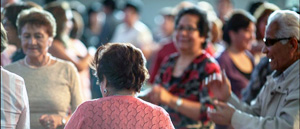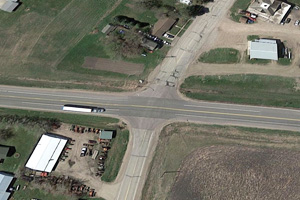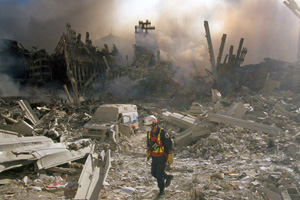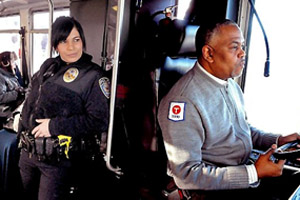 Reducing Stress among Traumatized Clinical Health Workers
Reducing Stress among Traumatized Clinical Health Workers
According to the American Psychological Association, more than a third of US workers feel ”stressed out” during an average workday. (https://www.apa.org/news/press/releases/phwa-survey-summary.pdf). Those employed in the healthcare industry, especially physicians and nurses, have the highest rates of occupational stress (Oglinska-Biluk, 2006). Specific work-related events in healthcare can trigger high stress levels, and these “critical incidents” include experiences with patients (e.g., death or injury, aggressive behaviors, dealing with patient pain, presence of family, providing care to patient who is a relative or friend), non-patient factors (e.g., co-workers, conflict between work and family roles, being physically threatened, witnessing physical threat/assault of co-workers), and organizational factors (e.g., high workload, poor career development, lack of support) (Winefield, 2003).
Dr. Ramirez is collaborating with investigators from the Universities of Iowa and Queensland and with Chaplain Services at the University of Iowa Hospitals and Clinics to conduct a comparative effectiveness study of two early interventions (Response Resiliency Resources, RRR, and Critical Incident Stress Debriefing, CISD). For several years now, the UIHC chaplains have implemented a program of secondary prevention care for hospital workers at UIHC to provide psychosocial support to clinical units. Using a group randomized design, 24-30 groups will be randomized to receive either RRR or CSID from the chaplains. Baseline, 6-week and 3-month follow-up surveys will be completed by participants of group sessions, and stress measures, coping, resiliency and quality of life will be compared between the two modalities of care. This research has promise to advance the evidence base of chaplaincy interventions for healthcare workers, a group at high risk of occupational stress.

 Work-Related Exposures and Injuries in the Aging United States Workforce
Work-Related Exposures and Injuries in the Aging United States Workforce Transportation-Related Research:
Transportation-Related Research: Workload, Health and Injury Study among Janitors
Workload, Health and Injury Study among Janitors Agricultural Injury Prevention
Agricultural Injury Prevention
 Reducing Stress among Traumatized Clinical Health Workers
Reducing Stress among Traumatized Clinical Health Workers Assessing the Impacts of Epidemiologic Biases in World Trade Center (WTC) Health Studies
Assessing the Impacts of Epidemiologic Biases in World Trade Center (WTC) Health Studies
 Reducing the Burden of Injuries On Agricultural Operations
Reducing the Burden of Injuries On Agricultural Operations Preventing Violence Against Teachers
Preventing Violence Against Teachers


